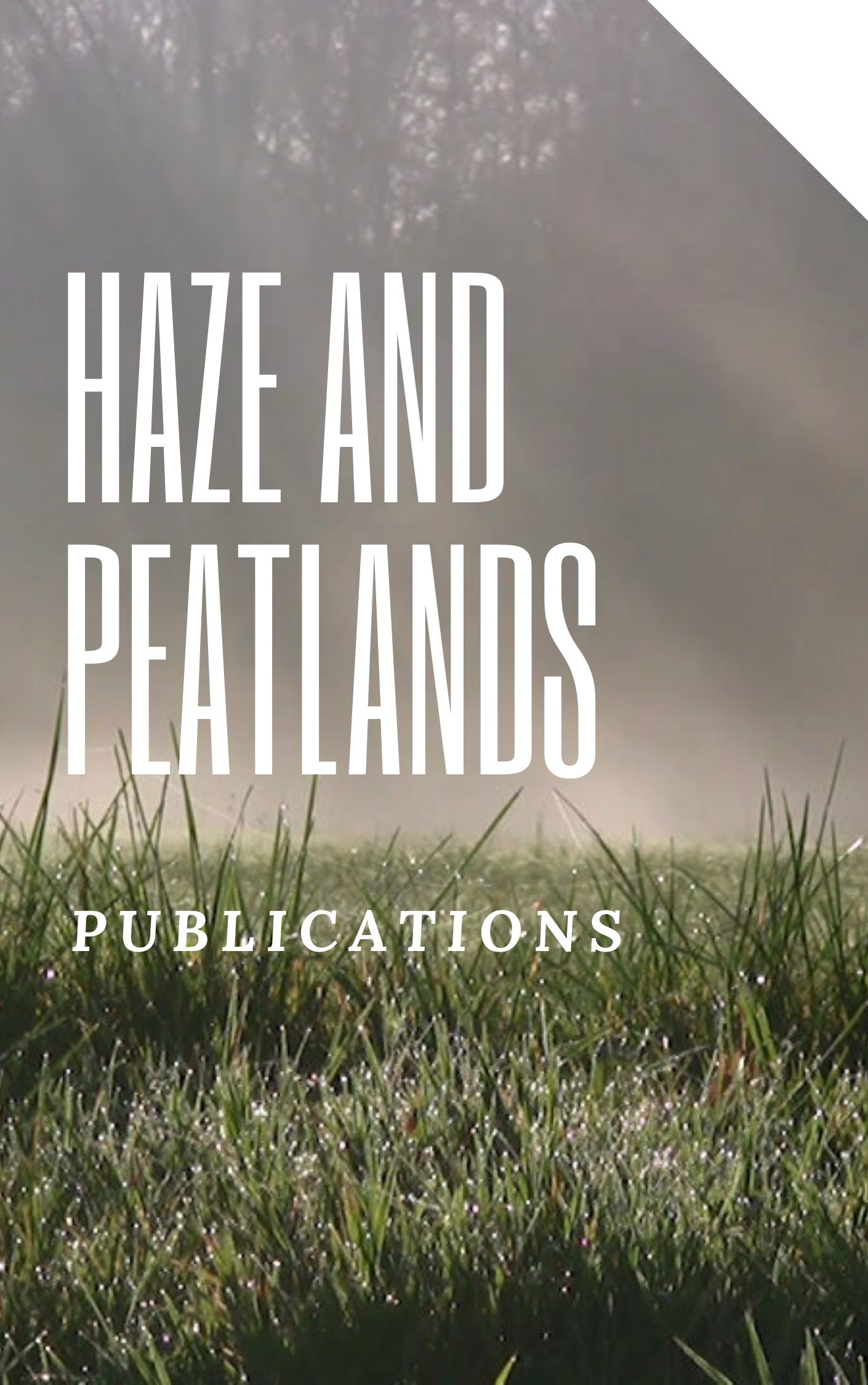Tropical peatlands are among the most carbon-dense ecosystems on Earth, and their water storage dynamics strongly control these carbon stocks. The hydrological functioning of tropical peatlands differs from that of northern peatlands, which has not yet been accounted for in global land surface models (LSMs). Here, we integrated tropical peat-specific hydrology modules into a global LSM for the first time, by utilizing the peatland-specific model structure adaptation (PEATCLSM) of the NASA Catchment Land Surface Model (CLSM). We developed literature-based parameter sets for natural (PEATCLSMTrop,Nat) and drained (PEATCLSMTrop,Drain) tropical peatlands. Simulations with PEATCLSMTrop,Nat were compared against those with the default CLSM version and the northern version of PEATCLSM (PEATCLSMNorth,Nat) with tropical vegetation input. All simulations were forced with global meteorological reanalysis input data for the major tropical peatland regions in Central and South America, the Congo Basin, and Southeast Asia. The evaluation against a unique and extensive data set of in situ water level and eddy covariance-derived evapotranspiration showed an overall improvement in bias and correlation compared to the default CLSM version. Over Southeast Asia, an additional simulation with PEATCLSMTrop,Drain was run to address the large fraction of drained tropical peatlands in this region. PEATCLSMTrop,Drain outperformed CLSM, PEATCLSMNorth,Nat, and PEATCLSMTrop,Nat over drained sites. Despite the overall improvements of PEATCLSMTrop,Nat over CLSM, there are strong differences in performance between the three study regions. We attribute these performance differences to regional differences in accuracy of meteorological forcing data, and differences in peatland hydrologic response that are not yet captured by our model.
View source

